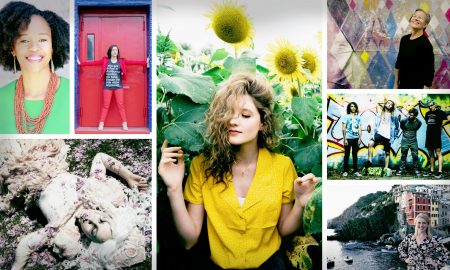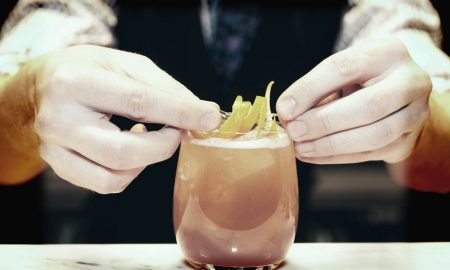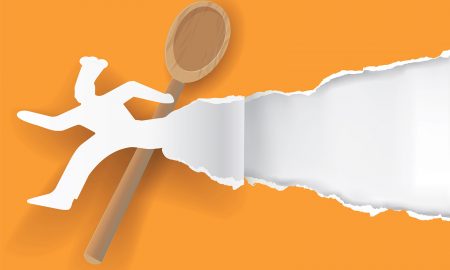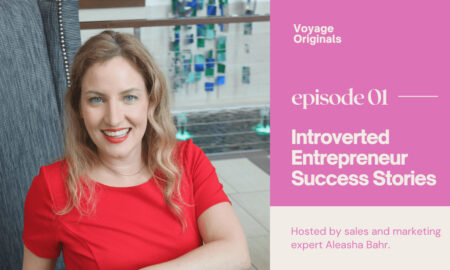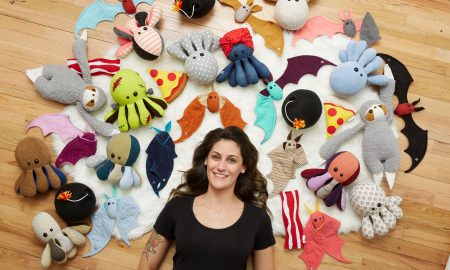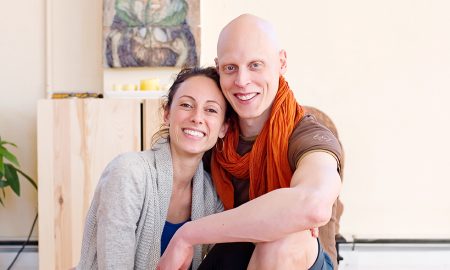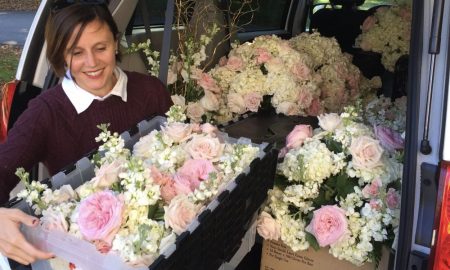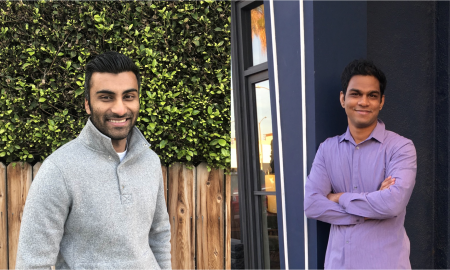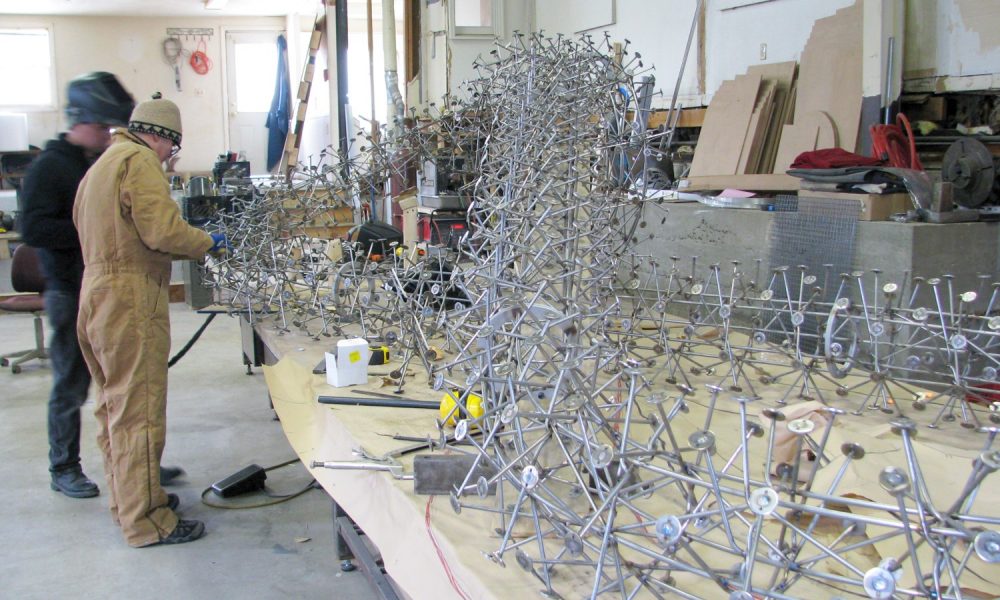

Today we’d like to introduce you to Gregory Gómez.
Gregory, can you briefly walk us through your story – how you started and how you got to where you are today.
I am a sculptor and painter, from a family largely of scientists and physicians. While I took a different path, to a certain degree scientific method informs my process and scientific information contributes to my imagery. From a background in mostly two-dimensional work in school and beyond, I began creating relief sculptures. These works projected off the wall several inches to create individual works or installations that activated expanses of wall space – a somewhat unique niche in art making. The idea evolved into making sculptural and physical, what was esoteric graphic imagery.
I began using sand-cast bronze as a means for creating works that ironically had substance while referencing flat information. Increasingly I referenced information that was “found”, but was visually compelling for me. Subsequently, I won a number of Public Art commissions to permanently install work on, or in buildings in Tallahassee, Chicago, Ohio and Vermont.
In the last several years my sculpture has become fully three dimensional, using the same approach for casting shapes, but now building structures in welded stainless steel to support the cast bronze or aluminum pieces. These sculptures are not solid forms, as the exterior surfaces are semi-transparent fields of points. They are therefore the mere “ideas” of the forms and serve as open metaphorical gestures.
Overall, has it been relatively smooth? If not, what were some of the struggles along the way?
Struggles can be internal and external, but I think I have always understood that the creative process makes use of struggles, limitations, and dead ends. Rejection is part of putting yourself out there, both creatively and professionally. Public Art Commissions often bring together committees with members from a broad spectrum of the community.
For this reason, it can be hard to design works that meet such a range of tastes and values. Rejection can come after great investment in a site, community and concept. Still, I have witnessed that an open design process, with user and committee input, bears the fruit of a refined and more unified design.
Gregory Gómez Sculpture – what should we know? What do you guys do best? What sets you apart from the competition?
Currently, I am teaching at Boston University’s School of Visual Art. I find it rewarding to fill my time with three distinct yet related creative endeavors (painting, public art sculpture, teaching). I have always worked both two and three dimensionally. My drawings and sculpture explore a similar language – there is a kind of cross-fertilization between the two modes.
With my works on paper, I layer graphics information using gouache paint on paper. I then use sandblasting and other means to distress the surfaces. The sandblaster is a tool I discovered in the sculpture studio, and it interjects a huge serendipitous factor, propelling works into new physical and compositional territory.
Incidental color harmonies and a degree of illusionism also result from distressing these surfaces. As with my sculptural works, there is the ambiguity between the flat and dimensional worlds. Though my works on paper might not be on the same scale or permanence as my sculpture, it is most satisfying to see visible progress by the end of each day of drawing in the studio.
From winning a sculpture commission to the eventual completion, a project can require years. However challenging it is to meet the needs of the site and the users, while trying to put forth one’s own aesthetic and conceptual vision, seeing a public sculpture to fruition can be most gratifying. Currently, I am working on two projects, one in Iowa and one in Vermont.
What is “success” or “successful” for you?
I think success in the Arts is having or developing a clear vision or voice, and being able to bring that vision to fruition. Still, one’s work should be aware of and fit into a larger universal of the Art world, both past and current.
Validation in the form of exhibitions, commissions, reviews, etc. is nice. Still, confirmation for what you put out there had better come from within, or the work will morph into something artificial, unsustainable and non-sustaining.
Contact Info:
- Website: gregorygomez.com
- Phone: 6179655292
- Email: gomezspencer@comcast.net
- Instagram: gregorygomezstudio
- Facebook: Gregory Gomez
- Other: https://vimeo.com/user21294265
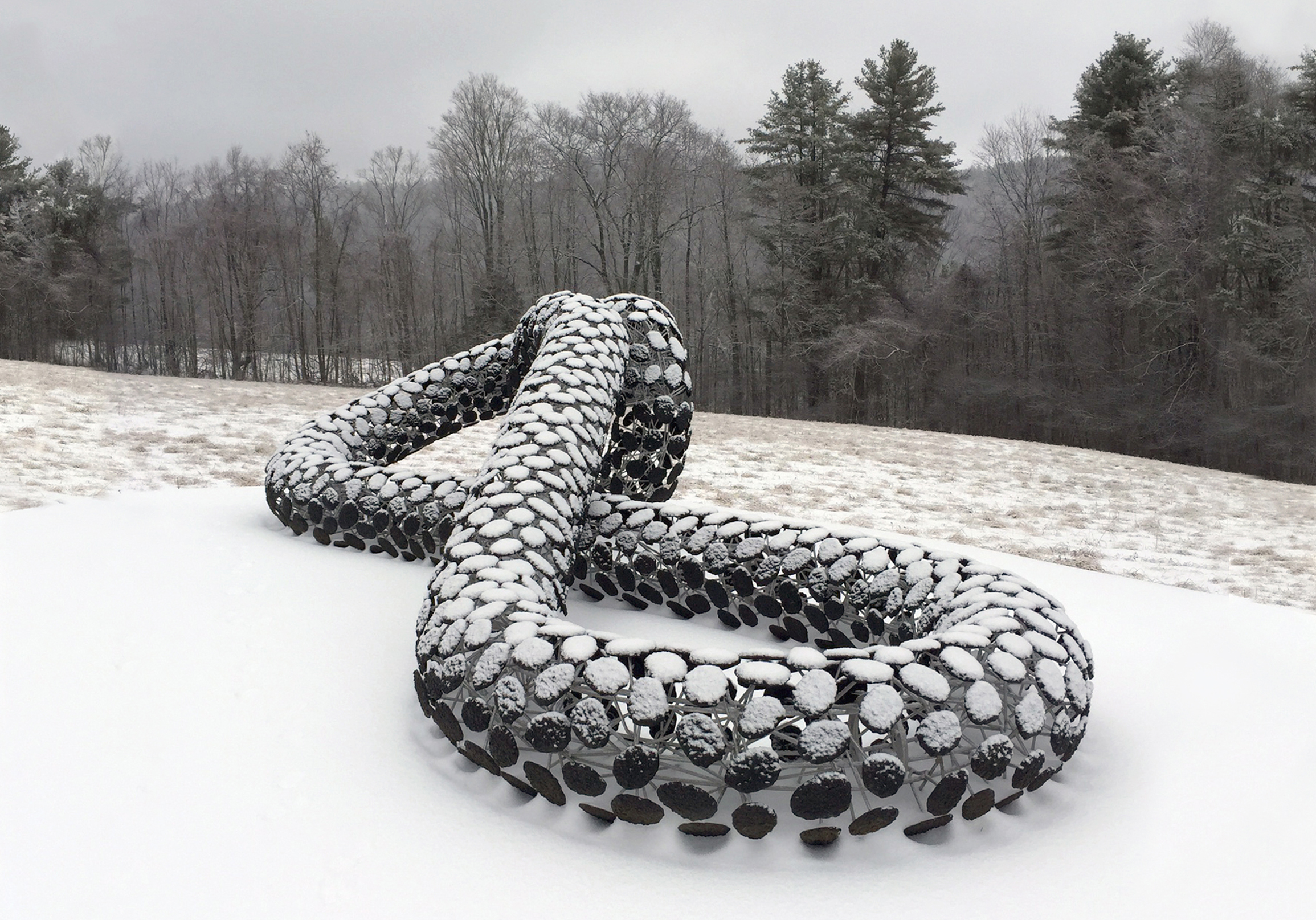

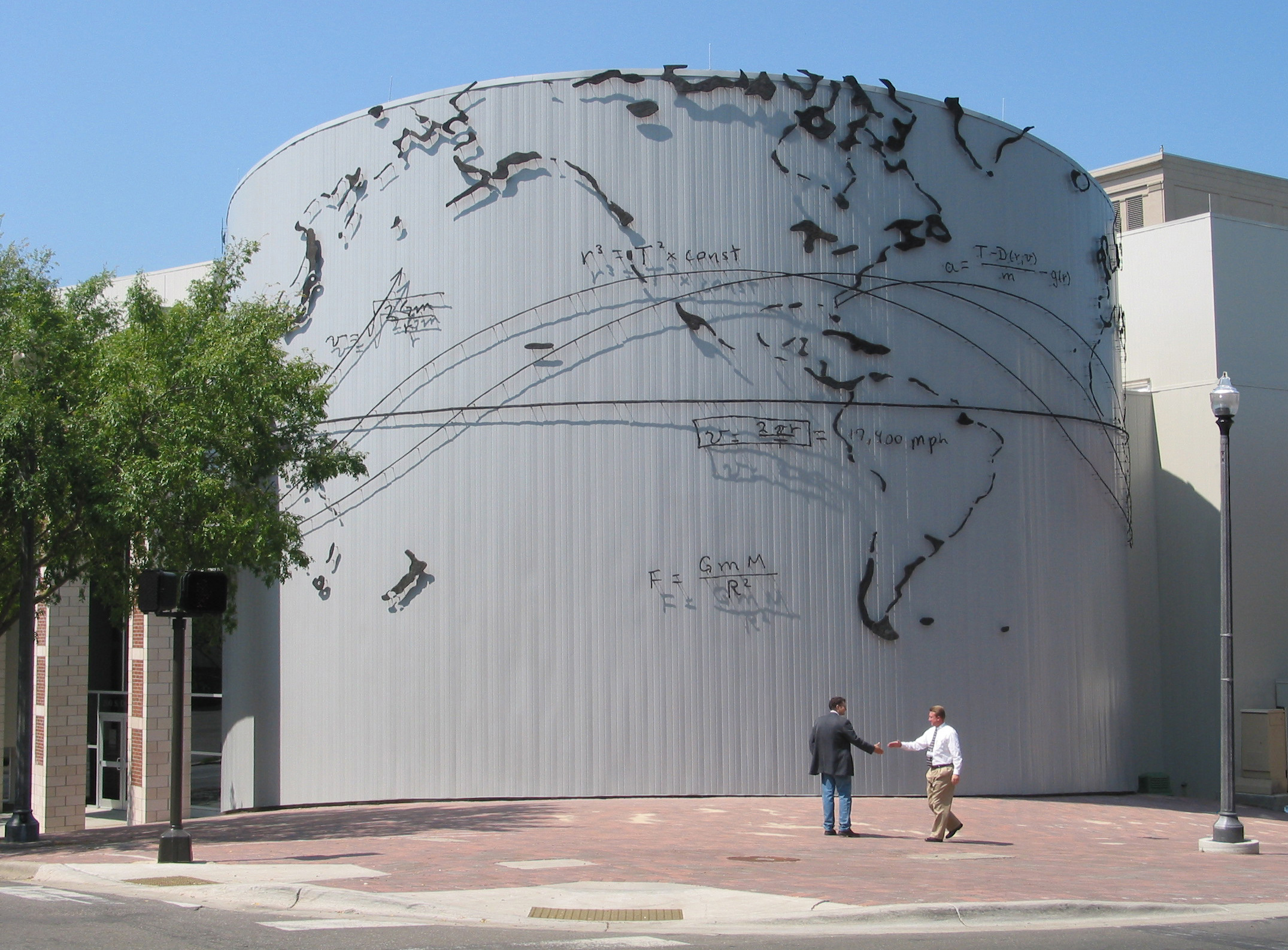

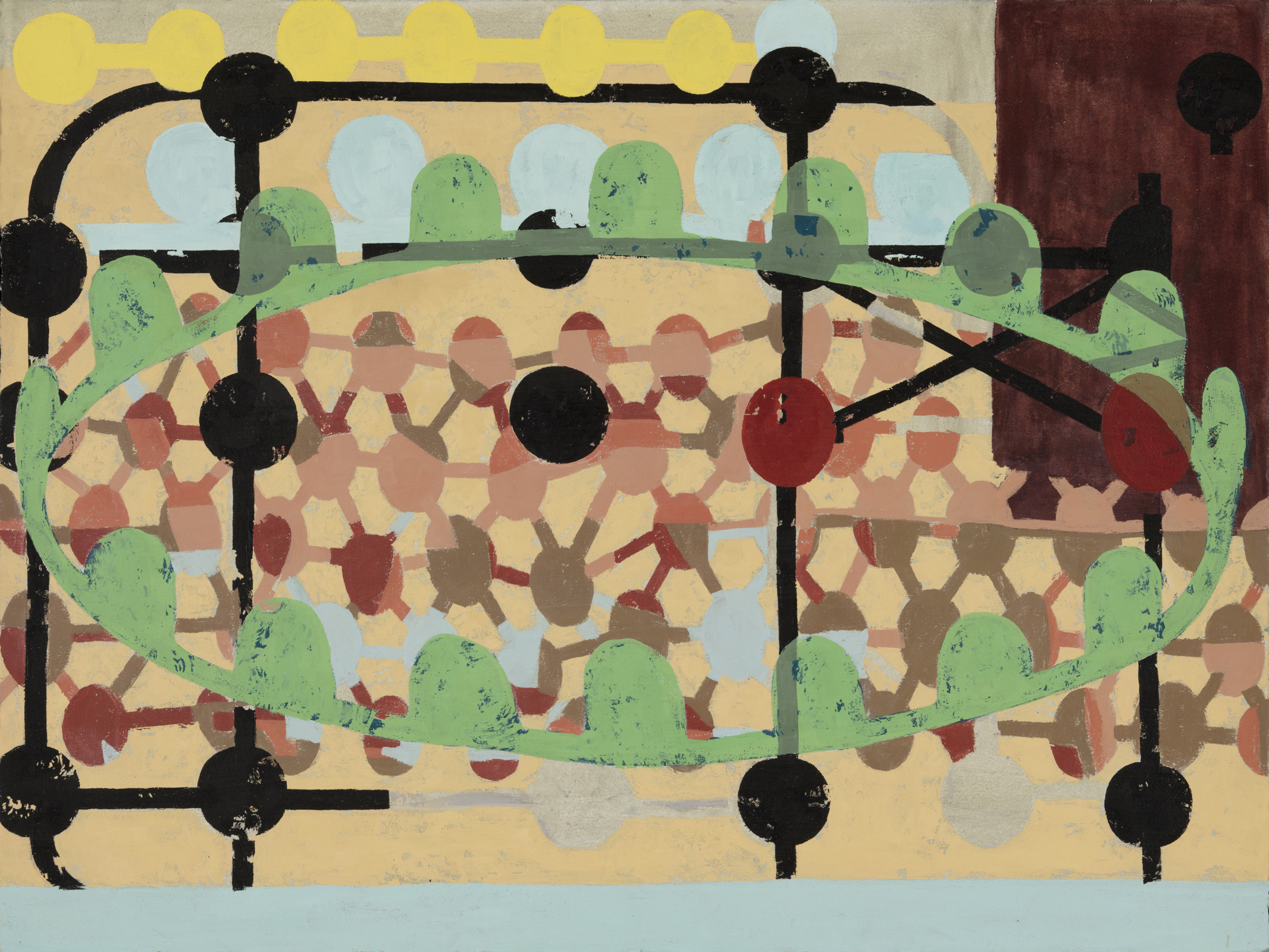
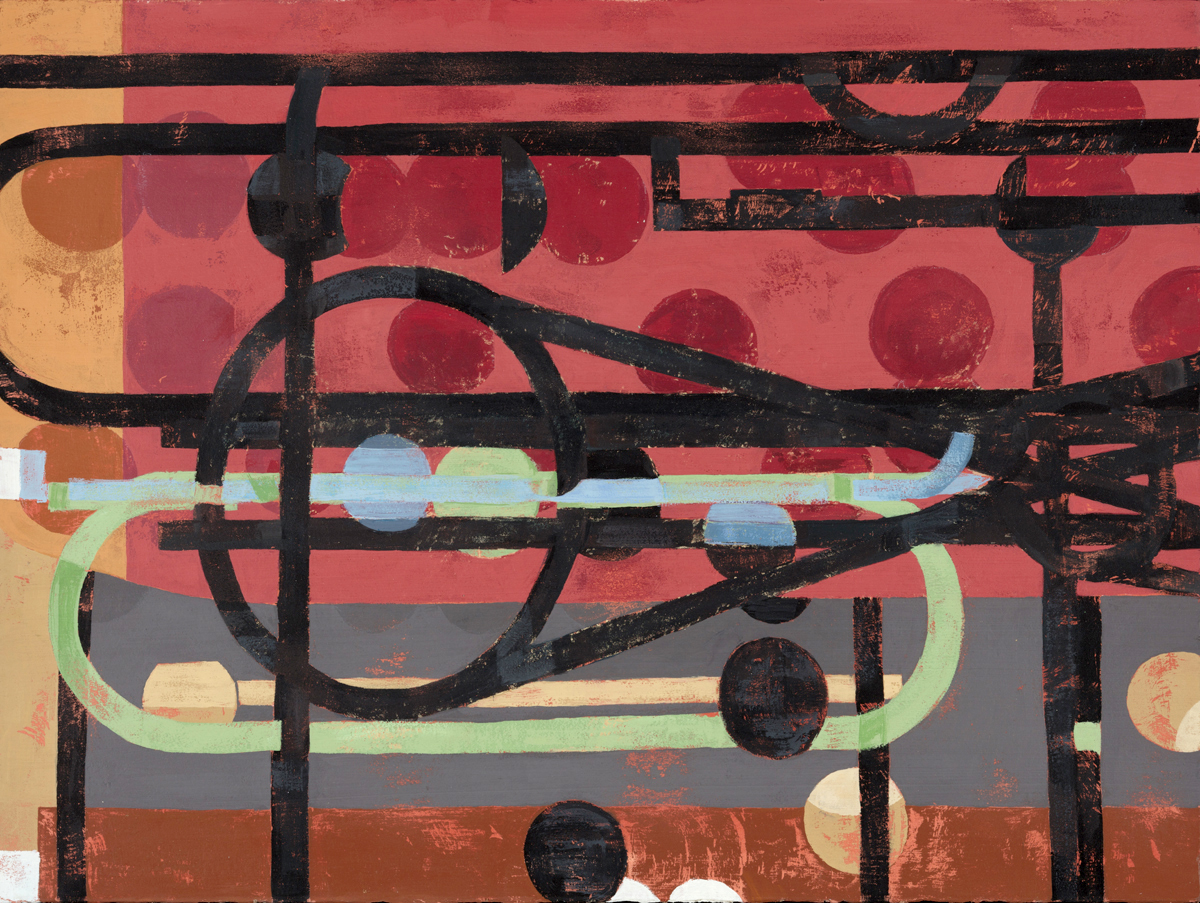
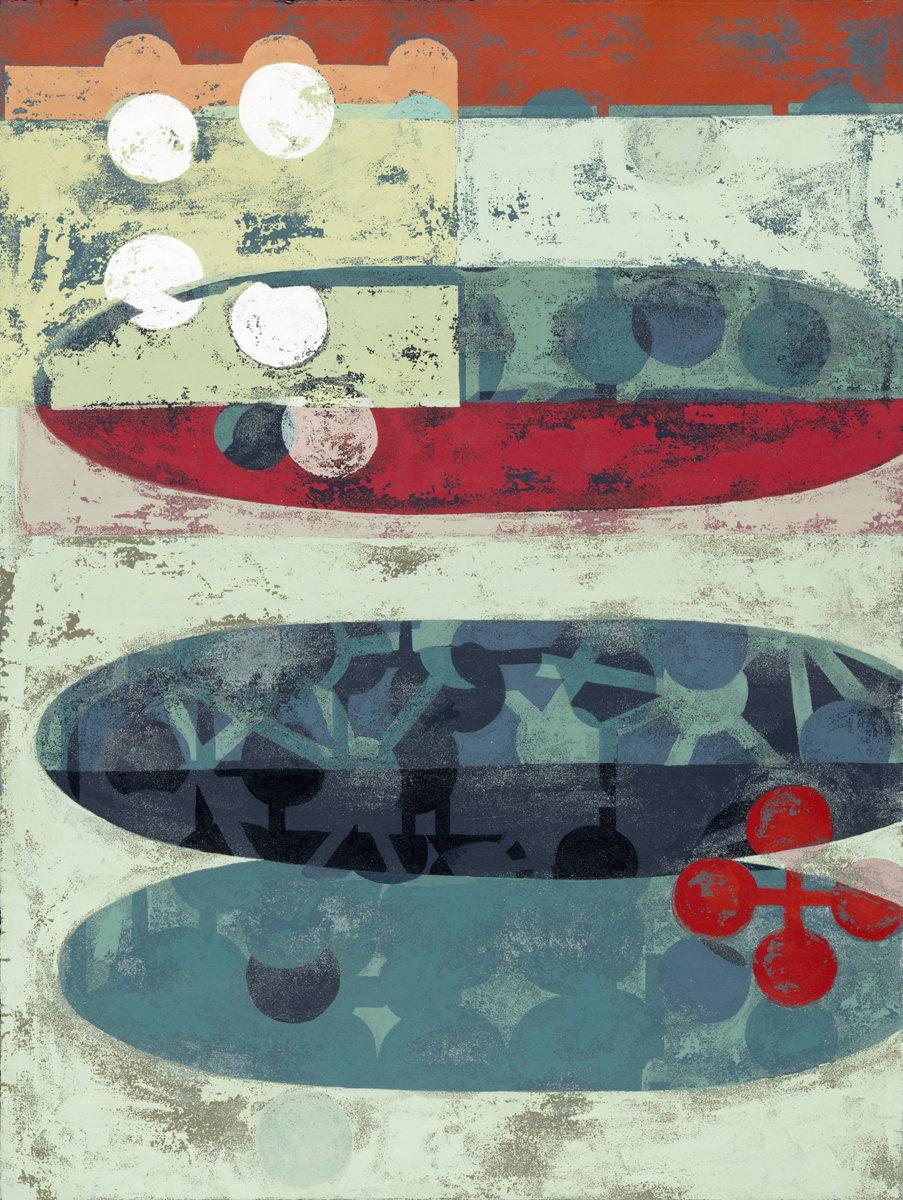
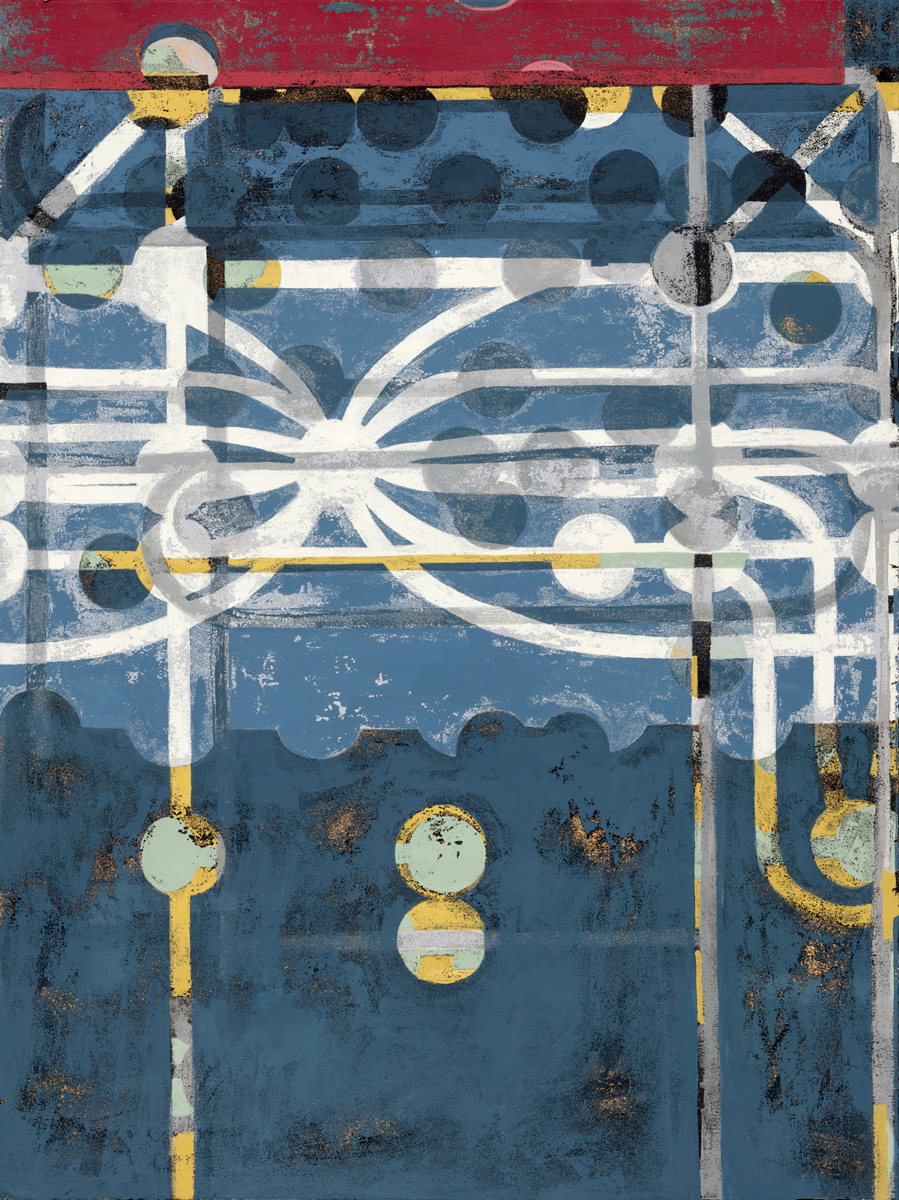 Image Credit:
Image Credit:
Michael Wilner, John Horner, Joe Rudinec
Getting in touch: BostonVoyager is built on recommendations from the community; it’s how we uncover hidden gems, so if you know someone who deserves recognition please let us know here.

